Introduction to CMS, SEO, SEM, and Attribution Modeling
A content management system (CMS) is software that helps in content creation, editing, organizing, and publishing in different platforms. It looks for different types of editing that help in encouraging the making, altering, sorting out, and distributing of content. WordPress is a CMS that enables you to make and promote content on digitalized media [].
Web content management is a tool that furnishes an association with an approach to oversee digitalized data on websites through the making and keeping up of content without any previous knowledge of website development or hypertext markup language (HTML). The management of web content can have helpful efficient business applications in creating bits of knowledge for decision making and delivering value-based outputs [].
In this phase, websites are developed in a simple text editor and manually edited HTML. The developer will upload files to the server as static webpages. To modify anything, the developer will edit the files and then repeat the whole process of uploading again. Since websites are having more dynamic content gradually over time, it has become prudent to have progressive user-friendly software. So, here, the main languages for web development slowly let their presence be felt for dynamic content and developers started using PHP, Perl, and similar software languages for website development.
When Mambo, Joomla, Drupal, and similar frameworks entered the market, website creation accelerated drastically. You could introduce CMS on your server, select the format, and complete a website in 60 minutes.
However, and after all is said and done, we are discussing very well-informed clients utilizing these tools. You dont require a face-to-face specialist to set up a website for you; yet despite everything, you couldnt do it all alone. WordPress was normally used by either code-based website developers or those who make their own websites.
Another revolution started with the advent of high-speed Internet connections for all. More organizations needed websites all of sudden to reach out to customers online. This rapid demand brought out various differentially designed CMSs directed at amateur bloggers, specialists, and any individuals who needed to have a virtual online presence through their own websites [].
Here, it is very important to know that WordPress, which began as a tool for blogging and maintaining small websites, is now offering a WordPress VIP package which can help to develop powerful websites. So, here, large structures and business framework CMS are slowly lagging behind in the web development market in comparison to open-source software and frameworks [].
According to Sydney Jones, Head of Marketing Communications at IXIASOFT, the CMS is a product that helps in creating, organizing, and maintaining digitalized content. Generally, CMSs bolster multiple clients and give adequate advantages to large companies by cost saving and increasing cooperation between technically expertized teams. This is very helpful in taking total control of the content [].
So, an understanding of different CMSs is the key factor in selecting the best available alternatives for the business. There are five mainstream CMS explained in .
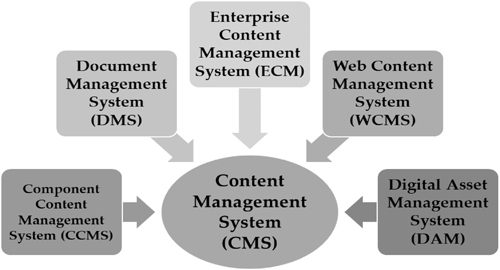
FIGURE 1.1
Different types of CMS available.
A component content management system (CCMS) varies from a standard CMS on the basis of identifying and differentiating content at a fundamental level. Rather than managing content page by page, it takes words, expressions, passages, or photographs (otherwise called segments) and stores them in an archival repository. Intended for maximum content reuse, parts are just stored once. The CCMS functions as a reliable, confided-in content management that distributes content over different platforms like mobile view, PDF, and print.
- Reusability: Content reuse inside a CCMS saves time during the composition, altering, and publishing stages, and essentially diminishes interpretation or translation costs.
- Traceability: A CCMS empowers you to track content in detail. You can see who did what, when, and where.
- Single-sourcing: With a CCMS, you can push content to numerous channels, including print, mobile view, web view, chatbots, etc.
- Enhanced team collaboration: Improve the work process for your content development team working remotely.
Paper is practically wiped out. Following business records on paper is a relic of times gone by. So here DMS offers a paperless answer for managing, storing, and tracking archives on cloud platform. It gives a digitalized answer for transferring, managing, and sharing business data without any issues of duplication, printing, or scanning.
- Eco-friendly: Digitalizing management of business data saves a lot of paper, which is highly eco-friendly.
- Security: DMS provides differential levels of incremental privacy to all the data and content.
- Mobile-friendly: With this DMS, one can access the documents on mobile and even can edit them.
ECMs gather, arrange, and convey an enterprises documentation, guaranteeing that the basic data are conveyed to the right stakeholders of the organization (workers, clients, business partners, etc.). It also provides access to content to all individuals of the enterprise. It also erases records after a specific maintenance period, ensuring that no pointless content will take up space on website.
- Flexible: It helps in getting any file in any form, and processing and storing it conveniently.
- Increases efficiency: As documentation storage and management are handled well, it makes the system robust and efficient.
- Decrease in cost of storage: It helps in storing the important documents, erasing the unnecessary data.
This helps the client in managing the digitalized segments of the website without having any prior knowledge of coding or programming. It manages the content by providing help in coherent collaboration, writing, and managing tools. It only handles the web content, unlike other styles of content management which manage both web and print.
- Personalization: It provides customized design and content to modify website pages.
- Automaton: It saves time and helps in qualitative productivity with automated content publication.
- Scalable: It enables organizations to develop exponentially without thinking about the over-usage of website data limits.
This helps clients to store, arrange, and share developed content easily. It offers a basic centralized library where all stakeholders can get developed content. These advantages incorporate sound, innovative records, video, archives, and introductions. A DAM is cloud-based, so clients can access content from anywhere.
- Centralized repository: Content is protected and secure in one repository.
- Effective brand management: A DAM enables you to deal with a marked online interface for clients to get significant files.
- Digital publishing: With a DAM, you can push digitalized content to outside managers who have no direct link along with online channels and portals.
Website advertising is the method of marketing the contents and promoting so that more traffic can come to the page, consequently promoting the product, increasing the perceivability among the visitors and brand advancement, and lastly resulting in a SALE [].

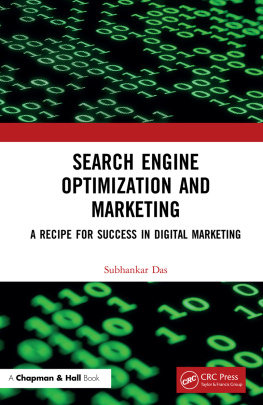

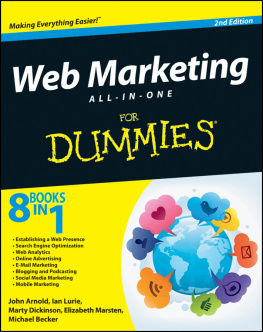


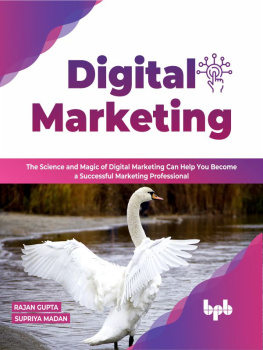

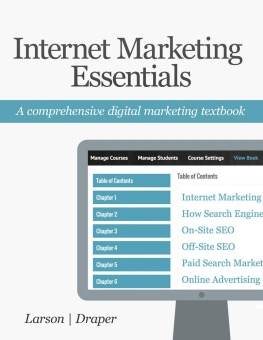
 FIGURE 1.1
FIGURE 1.1